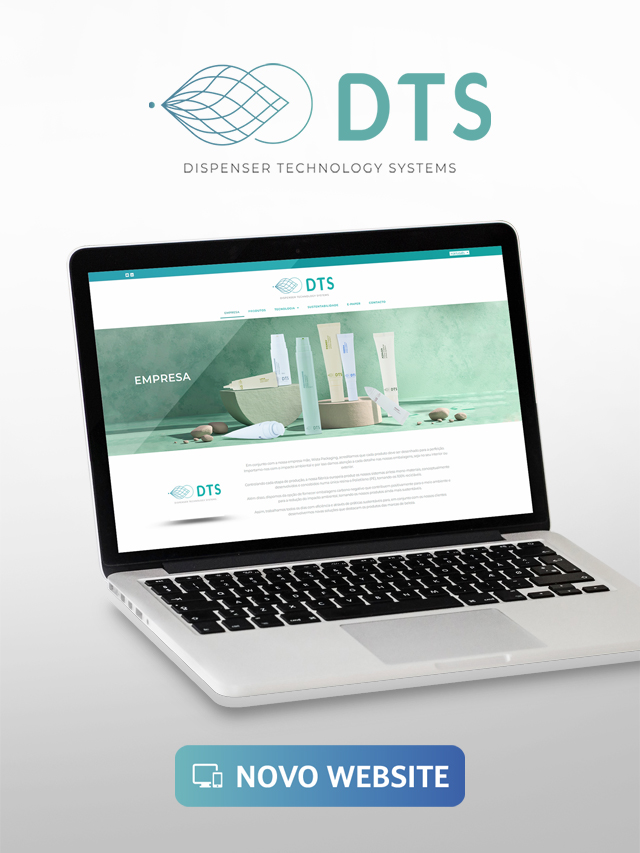Every day more companies enter the market in search of an audience, thus automatically becoming a competitor. Faced with this scenario, in which every real matters a lot, knowing how to allocate the investment and identifying if it is the right time to invest is fundamental, so that the business is not exposed to great risks. Therefore, one of the most used tools to help in this decision making is the GE Matrix or McKinsey Matrix.
Read too: What is Branding and why does your company need it?
GE Matrix Origin
The GE Matrix originated in the 1970s, when the BCG Matrix appeared, created by the Boston Consulting Group. And just like much of business history, shortly thereafter, the competitor, McKinsey, developed a more improved model to help its client at the time, General Electric (GE).
In this new representation that today bears the name of the multinational company, five quadrants were added, thus totaling nine. Considering the axes Industry Attractiveness (vertical) and Business Unit or Product Strength (horizontal).


How does the matrix work?
As just mentioned, the matrix is divided into two axes. In terms of attractiveness, it should include how the market is performing in general and also long-term expectations. While, horizontally, there is the competitive advantage of each business unit and what is the analysis of its future performance in relation to that market in general.
In this way, the business units to be analyzed are categorized based on two criteria by grade, which will indicate their placement in the matrix. Units can then be low, medium, or high grade when it comes to competitive strength. Whereas, the axis facing the market can have low, medium or high attractiveness.
With that, the determination of these characteristics is what will define the five possible decisions that the company can take in relation to its business unit investments: priority investment; invest or grow; cautious investment or hold; limited expansion or harvest; divest, harvest or sell.
Read too: Know what Performance Marketing is
- Priority investment: most optimistic scenario of all.
- Competitive strength: high;
- Market attractiveness: high.
- Invest or grow:
- Competitive strength: medium or high;
- Market attractiveness: medium or high.
- Cautious investment or holding:
- Competitive strength: high;
- Market attractiveness: low.
- Or else:
- Competitive strength: average;
- Market attractiveness: medium.
- Limited expansion or harvest:
- Competitive strength: average;
- Market attractiveness: low;
- Or else:
- Competitive strength: low;
- Market attractiveness: medium.
- Divest, harvest or sell: most pessimistic scenario of all.
- Competitive strength: low;
- Market attractiveness: low.
How to assemble a GE Matrix?
- survey
Make a list of all the items your brand offers, that is, your products and/or services.
- Classification
When sorting, put them in ascending order of resources used, to make them viable.
- Business Units in the GE Matrix
Insert the units in the GE Matrix, to make an individual analysis of each item.
- cautious analysis
Finally, judge whether to increase, maintain or decrease investments according to the selected quadrant. That is, it is possible to visually understand the situation of the business as a whole, and then focus on marketing strategies, knowing what should be prioritized at the moment.































